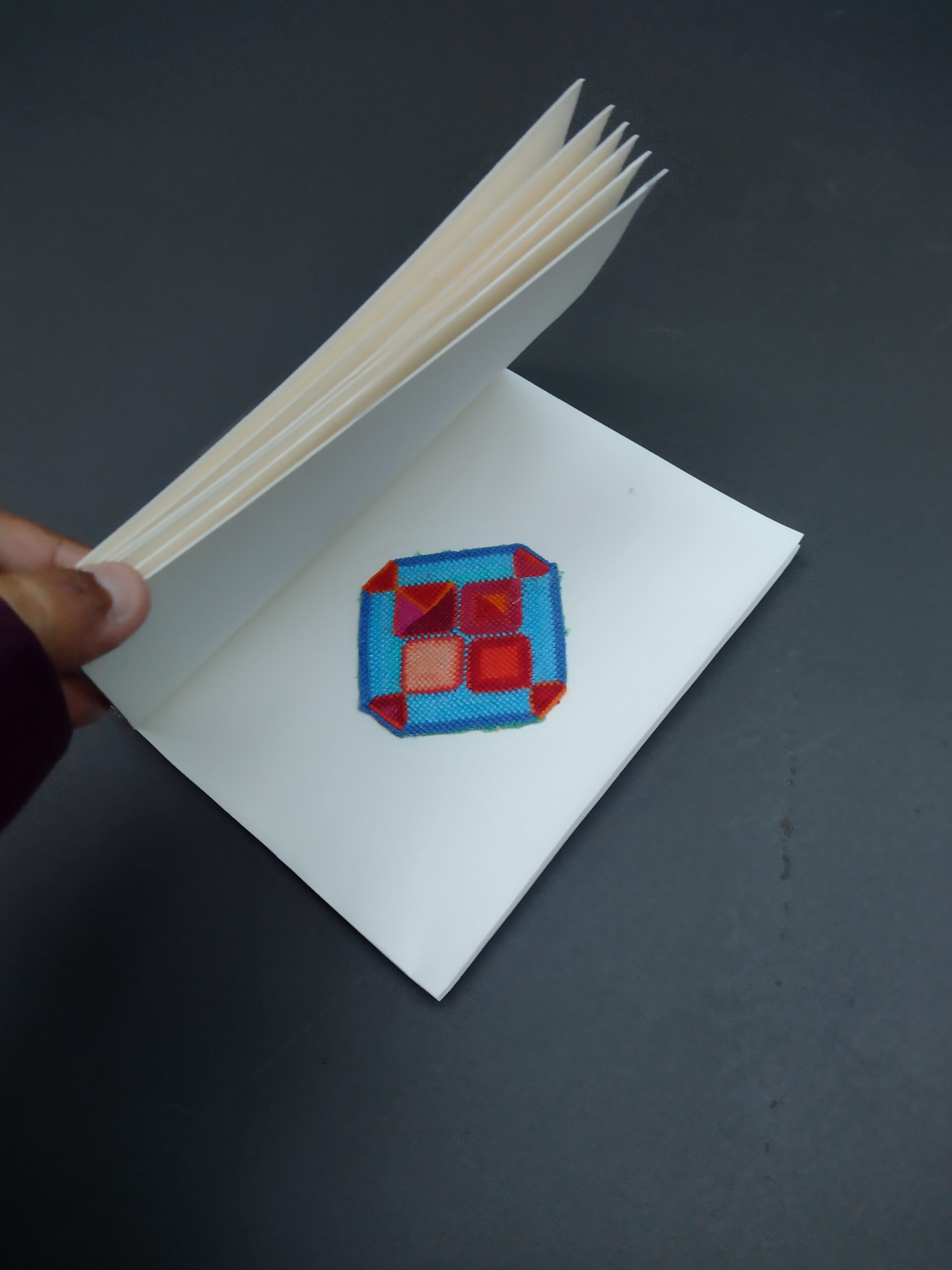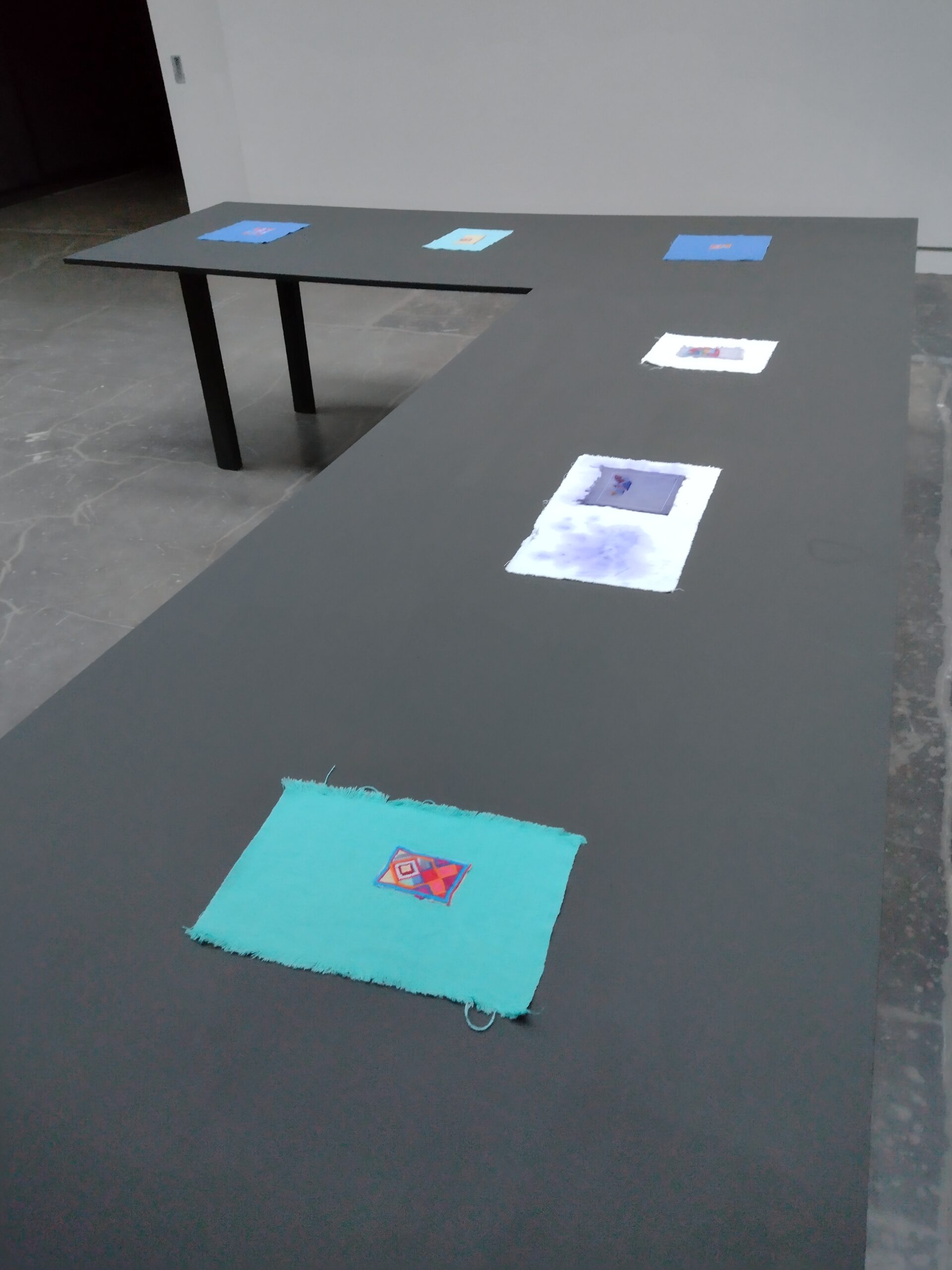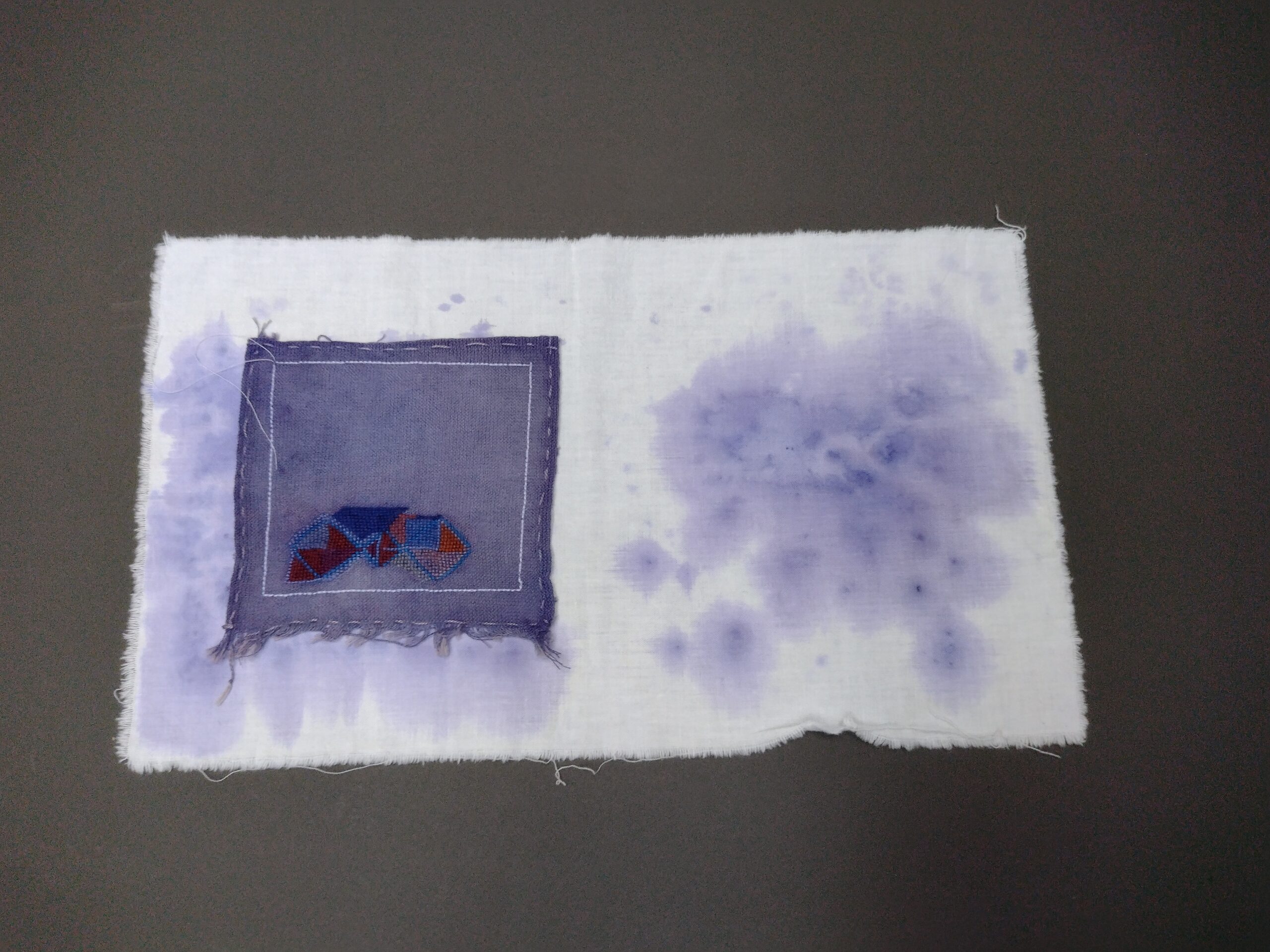Memories of ITP 2022 (Priyanka Kundu, India, ITP 2022)
Written by Priyanka Kundu, Museum Keeper, Lalbhai Dalpatbhai Museum (India, ITP 2022)
My name is Priyanka Kundu and I have been working as a Museum Keeper in the Lalbhai Dalpatbhai Museum, Ahmedabad (Gujarat, India) since 2018. At present, I lead the ‘outreach and educational activities’ programme of the museum. My job made me realise the necessity to make art accessible to the community and also the challenges towards achieving that goal. Challenges have always molded my journey and possibly that was the reason behind seeking an opportunity to be a part of a larger, international exposure like British Museum’s ITP. The programme has given me an enriching experience as well as the opportunity to meet and interact with amazing colleagues from different corners of the world. After four fruitful weeks, I returned to my home country with a fresh perspective on my profession and a bag full of wonderful memories.
Now when I am dissecting those memories and trying to extract the most important experiences which inspired me the most, I am discovering myself once again and my perception of seeing. An exhibition titled Muscle Memory is one of such exhibitions which I had experienced during my placement at the Glasgow Museums. This was an exhibition of the artworks by Majd Abdel Hamid, in response to the 2020 explosion in Beirut, the city where he is based. Patricia Allan, Curator of World Cultures at Glasgow Museums, made sure that we (me along with other ITP fellows from South America) visit Centre for Contemporary Arts (CCA) to see Hamid’s artwork as we had already seen the Shattered glass of Beirut at British Museum, another exhibition on the same incident. Following the plan we reached the gallery on a windy and gloomy evening.


I had quite a fresh memory of BM’s exhibition. After entering CCA, I was fascinated by the title of the exhibition and with lots of excitement I entered into the exhibition space. Two large video installations depicting scenes of the repetitive action of washing the cloth pieces with soap, welcomed me into the space. The cloth pieces were drenched in indigo dye. The scenes made me curious. I moved on to the next section where there was a very minimalistic display of various materials, like fabric and cotton thread, linen, polaroids, paper and polaroid photographs.



From left to right: the second display section of ‘Muscle Memory’, Embroidered cloth pieces on display, Close view of an embroidery.
On the blue and white cotton items, I noticed some similar-looking, colourful embroidered geometric motifs. The references to Palestinian needlework were clear to me as I looked closer. The artist is inspired by the motifs of Palestine dresses of the 1980s which were the expression of national identity. Through the continuation of the traditional embroidery practice, the artist tries to address the questions related to the identity of his city and he himself. Each piece of clothing had an individual expression.


Closeup view of the motifs
“This work is an attempt at reclaiming a practice. I want to reconcile a relationship with a city and claim a small repair space: not as a reaction to disasters but as a continuum of interaction, openness and reflection. The practice of embroidery as a responsive medium is fragile and borderline neurotic.”- section from artist’s personal statement on the work mentioned in the exhibition text.
In the exhibition’s final segment, a video depicted the same repeating activity of washing cloth. Three white clothing items with little embroidered details were hanging on a different wall. Aren’t these pieces the same ones that are being washed in the videos? I asked myself.
Throughout the ITP programme we have had the opportunity to visit different kinds of exhibitions. I have experienced those with the other ITP fellows and their observations also contributed to my ways of seeing an art object. Shahira Banu and Kezia Permata, the two most enthusiastic and youngest ITP fellows have inspired me with their fresh perspective toward Art History and made my ITP journey truly memorable.
